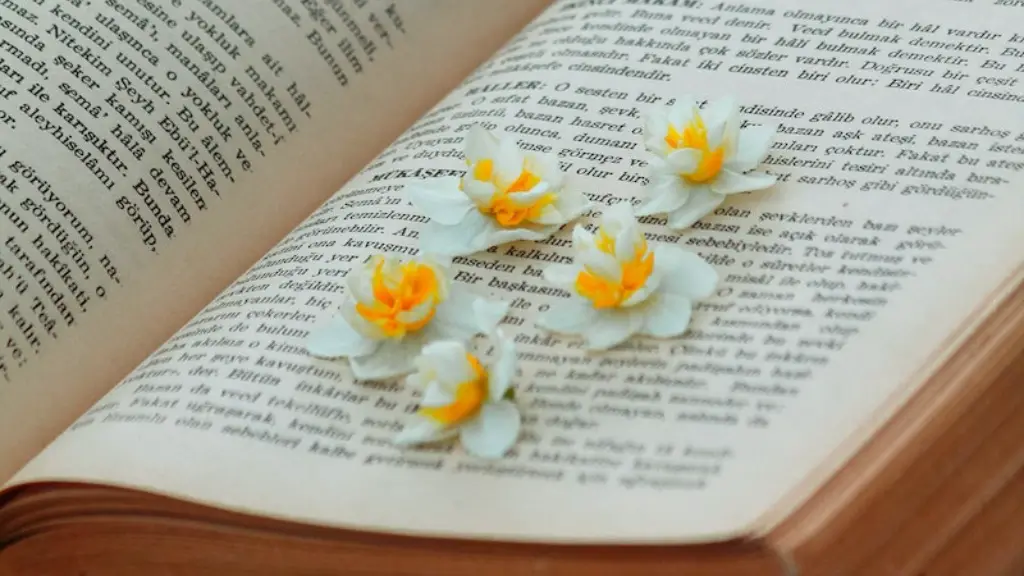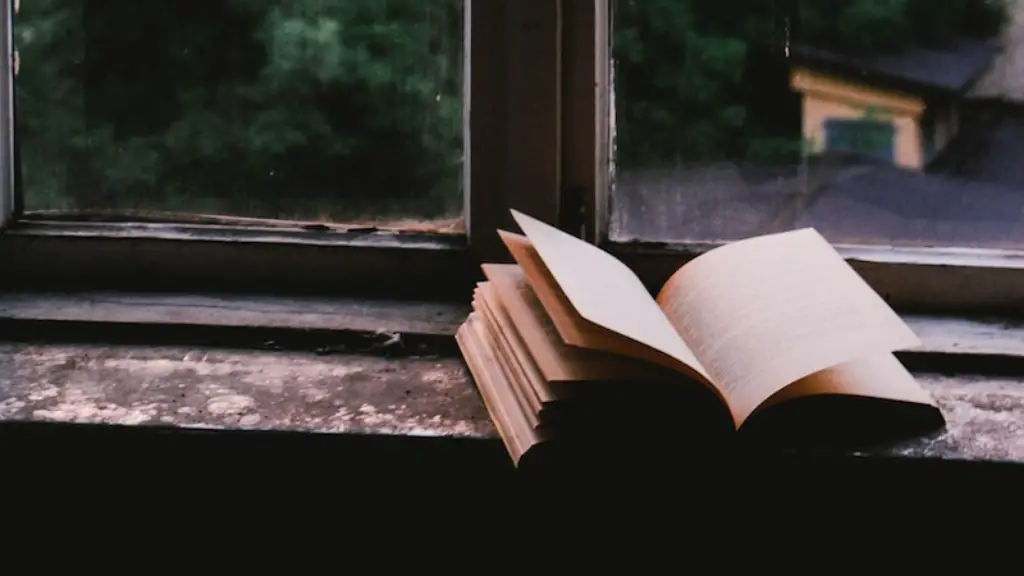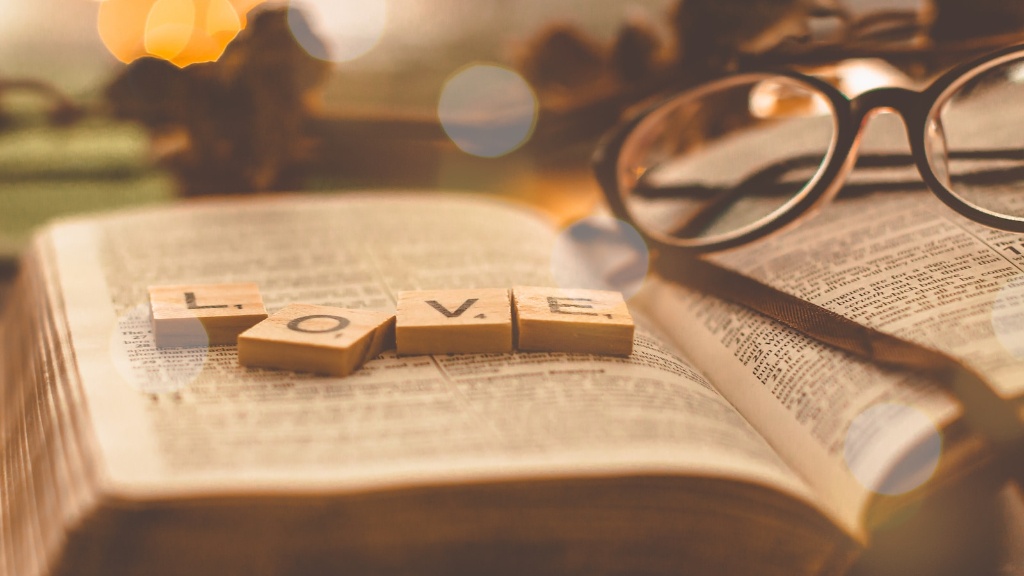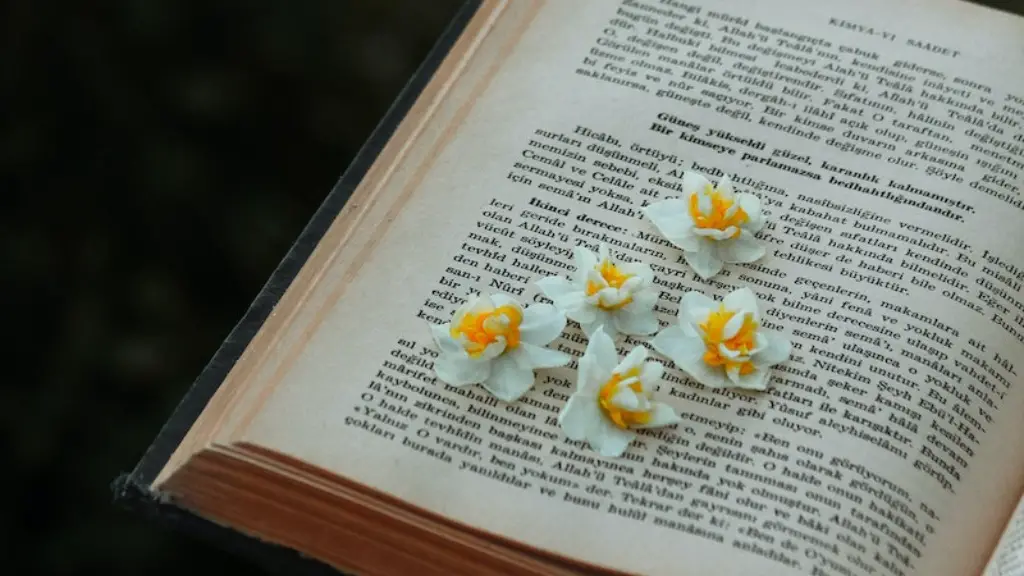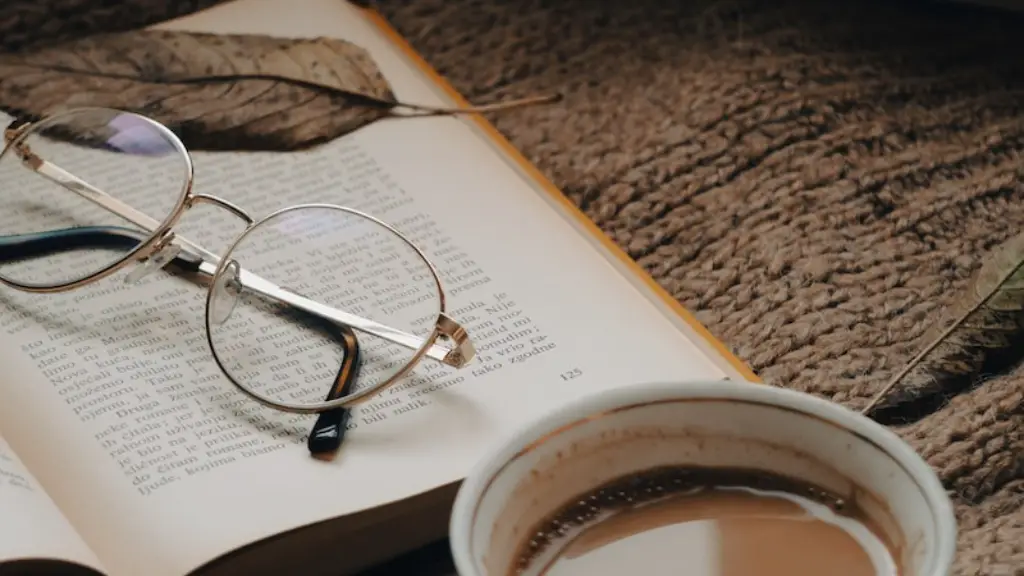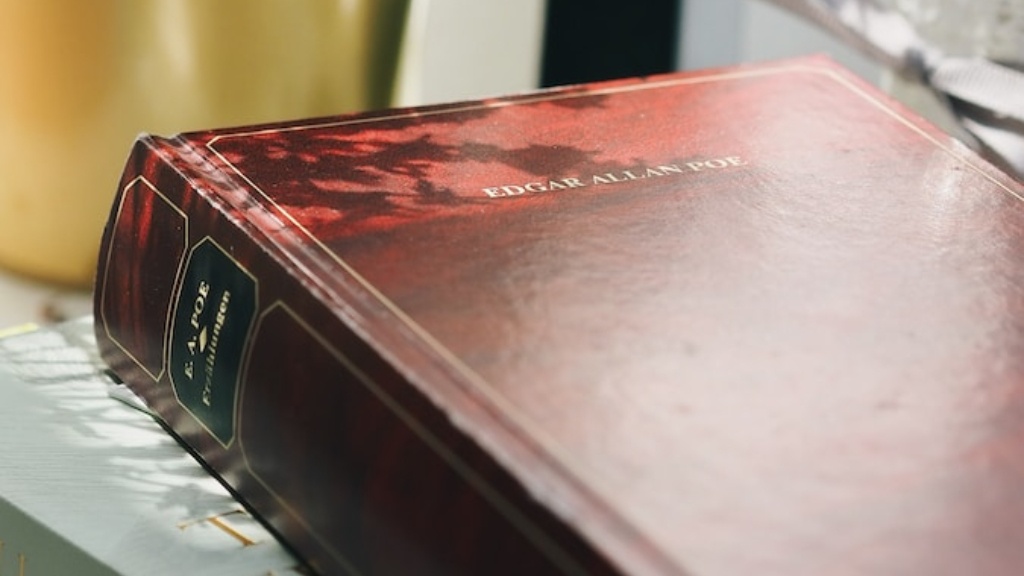Though repetition is an element of all forms of poetry, its effects and uses vary immensely. Repetition reinforces the meaning of words and phrases, emphasizing particular points and creating rhythm and a sense of order. Ultimately, repetition within poetry can be used for a variety of purposes, from artistic and aesthetic to emotional.
Starting from the basics, repetition can be seen to be a powerful poetic device as it has the ability to create musicality and tempo. By structuring a poem by repeating certain phrases and/or words, a poet can create a strong and ordered rhythm that carries throughout the poem. Usually, each sentence or line is repeated in the same order throughout a poem, helping to create a memorable structure that carries the poem’s meaning and emotion. For example, a well-known form of poetry known as a ‘villanelle’ requires that two lines be repeated throughout the poem, helping to lend the poem a sense of order and rhythm.
Repetition also has the power to convey meaning and emotion. It can help to emphasize certain words or phrases and give them a certain resonance or impact. For instance, certain words may be repeated throughout a poem to draw attention to a particular sentiment or sentimentality of the poem. By repeating a particular word or phrase several times, the poet can evoke certain emotions and create a sense of nostalgia or sorrow in the reader.
Additionally, repetition can be used to create a sense of unity and cohesion throughout the poem. By repeating certain words and phrases the poet can help to create a sense of cohesion and structure, binding the poem together and increasing the reader’s understanding of the poem’s message. Using repetition can also help to create a more meaningful and coherent narrative, as the reader is able to track various themes and motifs throughout the poem.
Finally, repetition can be used as a tool in both creative and critical writing. Poets can use repetition to create a more consistent and cohesive work and to emphasize certain points or themes, while in critical writing, repetitive phrases can be used to draw attention to particular ideas or arguments.
Impact of Repetition on Language
The effect of repetition on language can be seen to be profound. Repetition has the power to change and strengthen the meaning of particular words, with the same words repeated multiple times having different connotations. Therefore, when used effectively, repetition within poetry can aid in the construction of a powerful and emotive language and articulate powerful messages.
Repetition can also help to give a poem its special qualities, such as atmosphere and tone. By repeating certain words and phrases, the poet can create a more evocative poem, creating deeper meanings and adding a unique atmosphere to their words. This can be seen in works such as John Donne’s poem ‘The Canonization’ in which the idea of love and devotion is expressed through repeated phrases and words, such as ‘love’, ‘affection’ and ‘kindness’.
Repetition is an essential component of poetic language, allowing poets to construct powerful works with impactful and emotive language. By repeating particular words and phrases, poets can create rhythm, meaning and emotion and can ultimately create much more powerful and moving works.
Rhyme Repetition
Rhyme plays a major role in poetic composition, and when used effectively, it can help to create the desired mood and effect. Rhyme is defined as a repetition of the same sound or combination of sounds at the end of two or more words. Rhyme repetition is often employed in poetry in order to produce a pleasing effect and to create a memorable and captivating piece.
The use of rhymes aids in articulating the poem’s message, creating a sense of order and structure that helps to emphasize certain words, lines or ideas. It is particularly useful for the creation of artistic and musical effects, as it can create a greater aesthetic quality. It can also help to make a poem easier to recall and remember, making it much more effective in conveying its intended message.
Rhyme repetition can also be used to create a sense of closure or transition. By using rhyme at the end of each line or stanza, a poet can provide a sense of resolution and order to their work, allowing the reader to transition smoothly from one line or stanza to the next. It can also be used to mark certain transitions or to help convey the poem’s meaning in a more succinct way by linking together similar ideas or themes.
In short, rhyme repetition is an invaluable poetic device, helping to create a more pleasing and stimulating poem. As it can help to convey deeper meanings and create a greater aesthetic quality, it is essential for the construction of powerful and impactful works.
Repetition on Meter
Meter is perhaps the most basic element of poetic composition, and it is defined as the organization of words and their syllables into patterns. Poetic meter is important as it helps create a regular rhythm and cadence, as well as aiding in the poem’s memorability. The most common form of poetic meter is iambic pentameter, in which each line consists of five iambs or feet, each consisting of one unstressed syllable followed by one stressed syllable.
The effect of meter on a poem can be profound, as it lends the poem a unique rhythm and flow, which can help to emphasize particular words and themes. Also, it can have a strong emotional effect, as it can create a feeling of movement or a sense of anticipation that can draw the reader into the poem. Repetition of particular words and phrases can help to reinforce particular meters, creating a certain rhythm or meter throughout the poem. For example, repetition of the words ‘love’, ‘kindness’ and ‘care’ in Elizabeth Barret Browning’s ‘How Do I Love Thee?’ helps to create a steady, iambic rhythm throughout the poem.
Thus, repetition has the power to create a strong and powerful meter within a poem. By repeating particular words and phrases, a poet is able to create a regular and memorable rhythm and shape the poem’s message, emphasizing particular feelings and emotions. Meter can therefore be used as a tool to create a more aesthetically pleasing and emotionally charged poem, making repetition a vital element of poetic composition.
Repetition of Figurative Language
Figurative language, such as metaphors and similes, is a powerful tool in poetic composition, as it can help to convey complex ideas by comparing them to simpler concepts. Repetition of figurative language can help to highlight certain ideas or sentiments and add a certain level of emotional resonance to the poem. Repetition of certain figurative language can also allow for deeper meanings to be expressed, as well as providing imagery and atmosphere.
For example, in Elizabeth Barret Browning’s ‘How Do I Love Thee?’, she uses the metaphor of ‘absence’ in order to convey the idea of being apart from the one she loves. By repeating the word ‘absence’ multiple times throughout the poem, as well as structuring the poem around the metaphor of absence and distance, she is able to create a powerful and emotive message that resonates with the reader. The repetition of the metaphor of absence ultimately helps to create the mood of longing and sorrow and evoke strong emotions in the reader.
Additionally, repetition of certain figurative language can help to emphasize the poem’s overall atmosphere and tone. By using certain figurative language in a consistent and repetitive manner, a poet is able to create a certain atmosphere and to evoke certain emotions or emotions from the reader. For example, Walt Whitman’s poem ‘When I Heard the Learn’d Astronomer’ employs the frequent repetition of the words ‘distant’ and ‘silent’ in order to emphasize the feelings of loneliness and alienation that are central to the poem.
Thus, repetition of figurative language is a powerful tool in poetic composition and can allow a poet to articulate complex ideas and feelings in a more powerful and evocative way. By repeating certain words, images or sentences, a poet can create a unique and memorable atmosphere, adding further meaning and emotion to their work.
The Effect of Repetition in Poetry
In conclusion, repetition can be seen to be an essential element of poetry. It can be used for a variety of purposes, from musicality and tempo to definition and closure. Repetition can help to create a powerful and emotive language, allowing a poet to articulate complex ideas and feelings in a more powerful and effective way. Repetition of certain words or phrases can help to emphasize certain points or create atmosphere and emotion, as well as helping to create a more consistent and meaningful narrative. Ultimately, repetition is a powerful tool that can be used to great effect in the creation of powerful, moving and delightfully memorable works of poetry.
